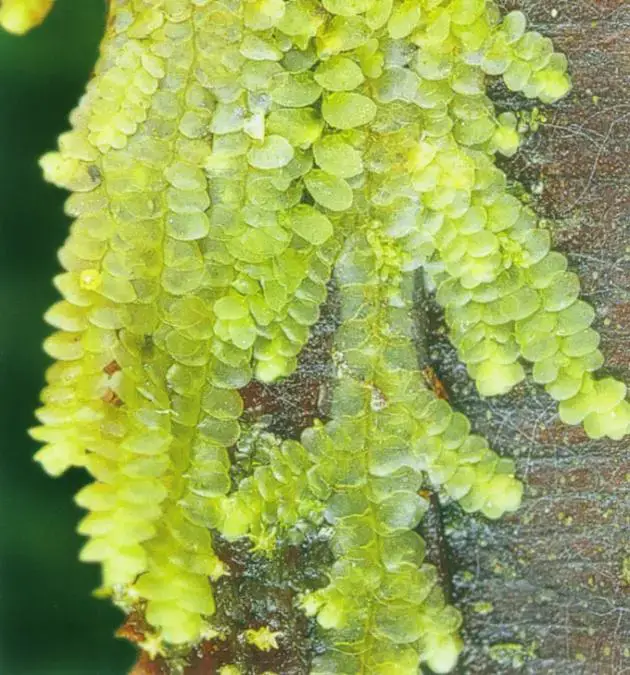
p213_0.jpg from: http://taibif.tw/zh/namecode/420472
Exploring the Fascinating World of Lejeunea flava (Sw.) Nees Moss
Introduction
Mosses are often overlooked, but they play crucial roles in ecosystems around the world. One particularly interesting moss is Lejeunea flava (Sw.) Nees, also known simply as Lejeunea. This tiny but mighty plant belongs to the
An-example-of-Mizutanis-illustrations-Lejeunea-flava-Sw-Nees-1-6-L-boninensis.ppm from: https://www.researchgate.net/figure/An-example-of-Mizutanis-illustrations-Lejeunea-flava-Sw-Nees-1-6-L-boninensis_fig4_357527788
Lejeuneaceae family and is found in many parts of the globe. In this blog post, we’ll dive into the details of this fascinating moss species.
Background
Lejeunea flava
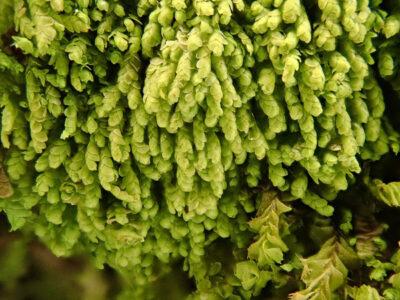
2019-10-Lejeunea-flava-400×300.jpg from: https://www.britishbryologicalsociety.org.uk/bryophyte-of-the-month/lejeunea-flava/
is classified under the division Marchantiophyta and class Jungermanniopsida. The species name “flava
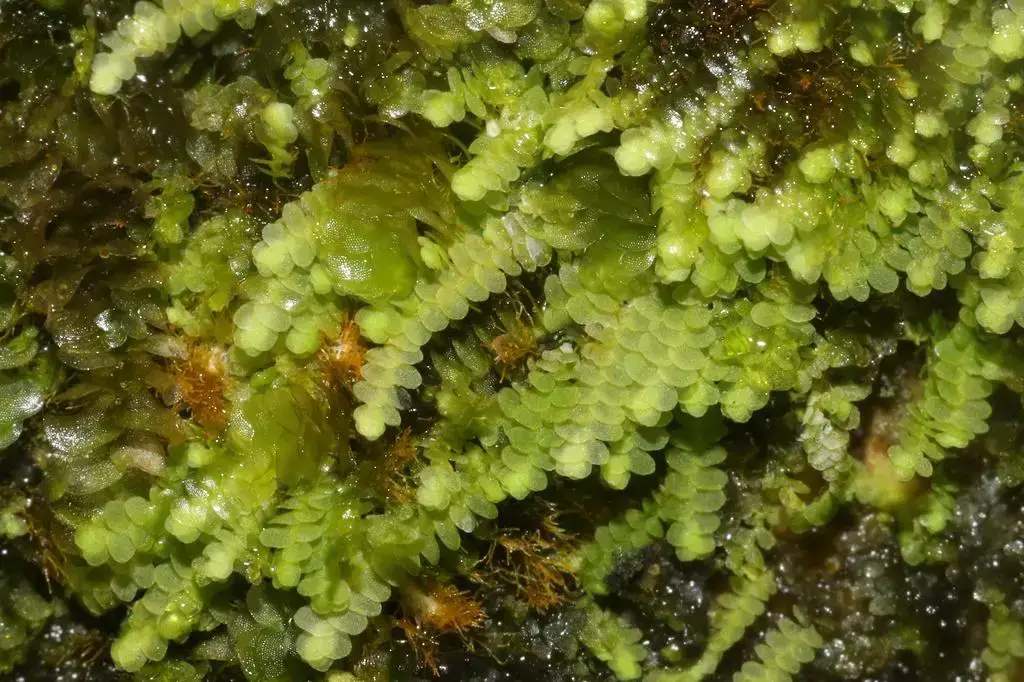
large.jpeg from: https://www.inaturalist.org/observations/176682577
” means yellow in Latin, referring to the yellowish-green color of the leaves. Lejeunea mosses are very small, usually only a few millimeters long, and grow in dense mats on various substrates like tree bark, rocks, and even other mosses.
Morphology and Identification
Identifying Lejeunea flava requires a keen eye and often a microscope. The leaves are arranged in two rows and are only about 0.5-1 mm long. They are ovate to oblong in shape with rounded tips. The underleaves (modified leaves on the underside of the stem) are much smaller and often hard to see. Lejeunea mosses reproduce via spores produced in capsules on short stalks.
Global Distribution and Habitat
Lejeunea flava
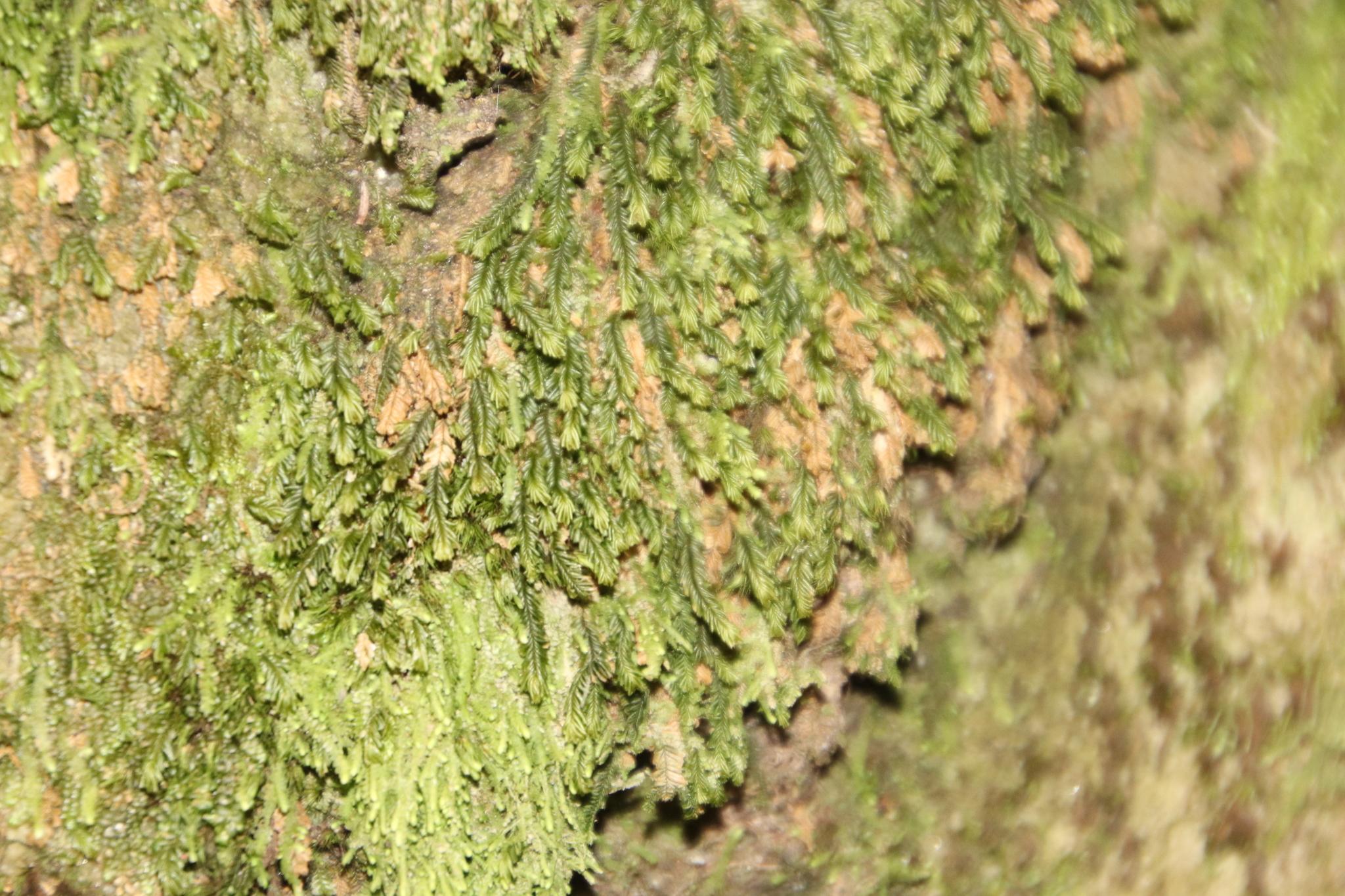
original.jpeg from: https://www.gbif.org/es/species/2688906
has a wide distribution, found in tropical and subtropical regions around the world including the Americas, Africa, Asia, and Oceania. It grows in a variety of habitats including lowland and montane rainforests, cloud forests, and even in more open areas like roadsides and plantations. This adaptable moss can tolerate a range of environmental conditions.
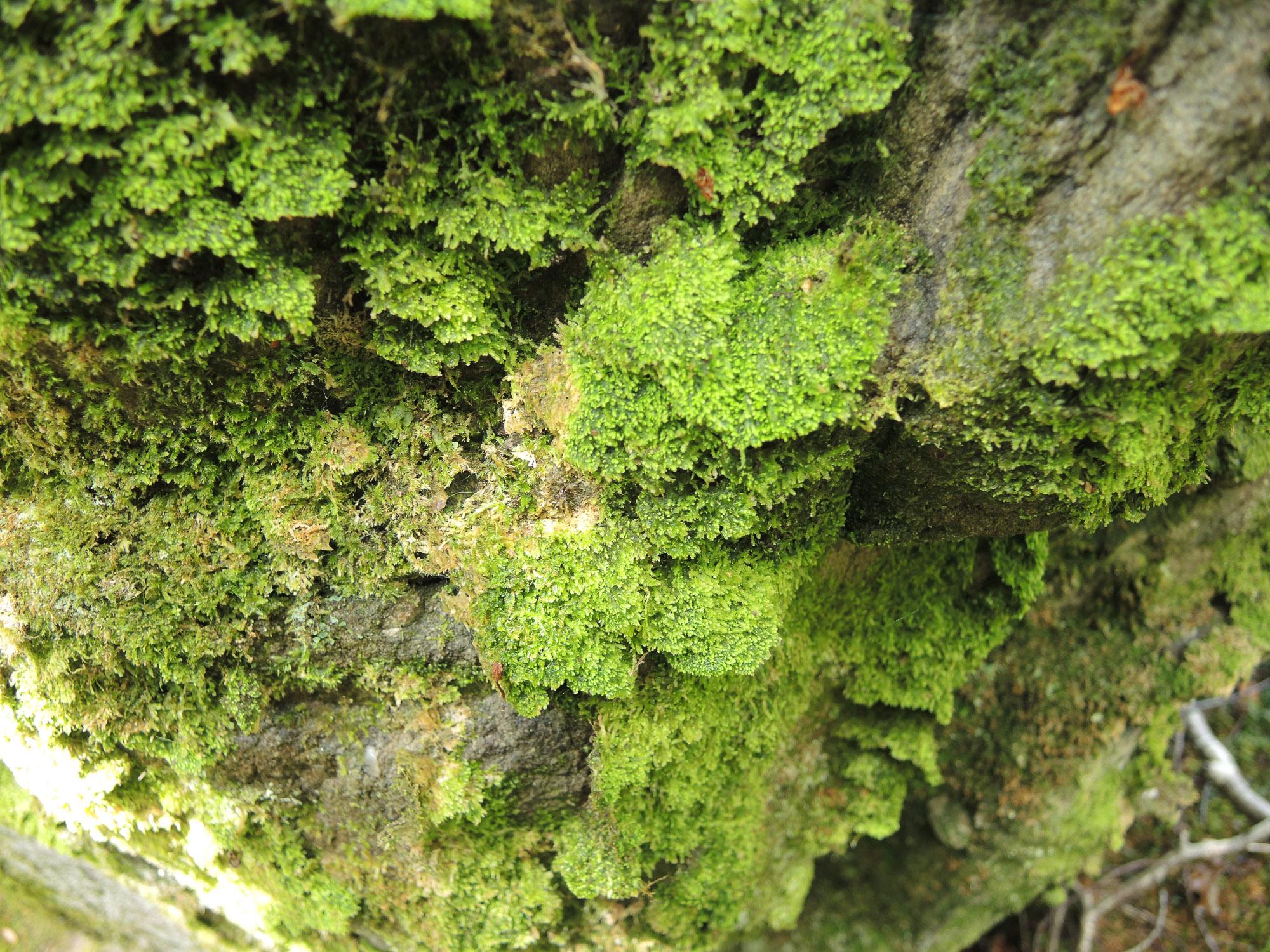
Lejeunea-flava.jpg from: https://www.britishbryologicalsociety.org.uk/learning/species-finder/lejeunea-flava/
Ecological Roles and Adaptations
Despite their small size, Lejeunea mosses play important ecological roles. They help retain moisture and nutrients in their habitats, prevent soil erosion, and provide shelter for tiny invertebrates. Many species in the Lejeuneaceae family, including L. flava, have adaptations like water sacs and lobules that help them efficiently capture and store water in humid environments.
Conclusion
Lejeunea flava (Sw.) Nees may be a tiny moss, but it has a big impact. From tropical rainforests to roadsides, this species plays key roles in ecosystems as part of the Lejeuneaceae family. Next time you see a small yellowish-green moss mat, take a closer look – it might just be the fascinating Lejeunea! What other mighty mosses have you encountered in your explorations?